How to Make a Roguelike Game
A Roguelike is a type of video game characterized by random levels, permadeath, and turn-based movement. The player typically navigates the game world through a top-down or isometric perspective.
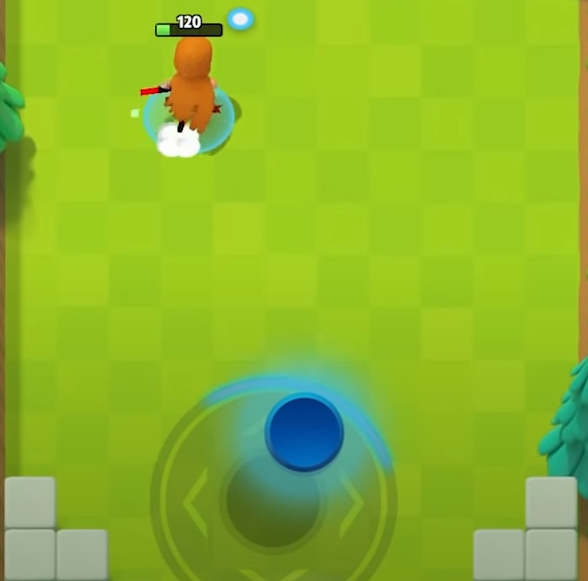
Making a Roguelike game can be difficult, but with the right resources, it can be a fun and rewarding experience. This curated list of resources provides everything you need to get started, from tutorials to templates to full-fledged engines.
Essential Elements of a Roguelike
Randomly Generated Levels
The most essential element of a Roguelike game is randomly generated levels. This means that each time the player dies or completes the game, the next time they play, the level layout will be completely different. This adds to the replayability and difficulty of the game. There are several ways to generate random levels:
- Use a pre-made level generator like RogueBasin’s Level Generator.
- Write your own code to generate levels randomly.
- Use a tile-based map editor like Tiled to create your own levels.
Permadeath
Another key element of Roguelike games is permadeath, meaning that once the player dies, they have to start the game all over again from the beginning. This increases the difficulty and encourages players to be more strategic in their gameplay.
Top-Down or Isometric Perspective
Most Roguelike games are played from a top-down or isometric perspective. This allows for a more strategic view of the game world and makes it easier for the player to see and avoid enemies.
Tips to Get Started
Start with a Tutorial
If you’re new to making video games, it’s best to start with a tutorial. That way you can learn the basics of game development and get a feel for what goes into making a game before diving in head-first.
There are many great tutorials on how to make Roguelike games, like this one from heartbeaststudios.com.
Use a Template or Engine
Once you’ve completed a tutorial or two, you may want to use a template or engine to help you with the more technical aspects of game development. These can be especially helpful if you’re not familiar with programming.
Find an Artist or Graphic Designer
If you’re not artistically inclined, it may be worth your while to find someone who can help you with the graphics and art for your game. A great place to start is by posting a job on sites like Upwork or Fiverr.
Get Feedback and Playtest Your Game
Once you have a playable version of your game, it’s important to get feedback from other people who have played it. This will help you identify any areas that need improvement. You can post your game on sites like Reddit’s /r/gamedev or itch.io to get feedback from the community.
You should also playtest your game yourself to look for any bugs or areas that need balancing. It can be helpful to have a group of friends or family members test the game with you and give their feedback.
Release Your Game
Once you’re happy with your game, it’s time to release it! You can post it on your website or blog, or submit it to sites like IndieDB or GameJolt. If you want to make money from your game, you can sell it on platforms like Steam or Itch.io.
Or, if you just want to share your game with the world and don’t mind giving it away for free, you can post it on sites like Reddit or Kongregate.
Resources
How do they code rogue like upgrades?
Have you ever played a video game and been absolutely blown away by the amazing upgrade system? How do they code those roguelike upgrades, anyway? In this discussion, you will read about how to create a basic upgrade system for your own video games.
If you're thinking about making a game with a roguelike direction and don't know how having so many different effects would work, read this discussion for alternative ideas.
How do roguelikes organize their item pools?
A roguelike game typically has a high degree of randomness and an intricate item pool. Players must navigate through these levels while gathering items and battling enemies. Items in a roguelike game can be classified into several categories.
There are several ways to organize an item pool in a roguelike game. Read this discussion to find out more!
Unity
Gamekits
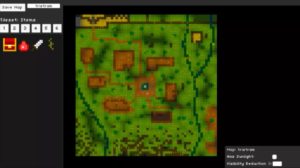
Thinking of making your own roguelike game, but not sure where to start? Rog might be just the framework for you! Rog provides all the low-level tools you need to get started quickly and easily. With its built-in map editor, you can generate maps by simply drawing them.
You can choose between the immediate or smooth interpolated movement for your characters. And if you want more of a challenge, try out the built-in support for systems/concepts that you might expect to find in rogue-likes, such as items, actions, statistics, a turn-based system, a level-up system, field-of-view, and more. Plus, there's a very efficient 2D A* path-finding system built right in.
It includes built-in support for combat events, meaning you can keep track of what's going on in the game, and it also has a one-function AI system that automatically handles turn orders for you. Additionally, Rog makes it easy to add in custom Item loot tables, so you can easily populate your game with different kinds of items.
And finally, the entire framework is well-documented and easy to modify, so you can tailor it to fit your own specific needs.
Tools
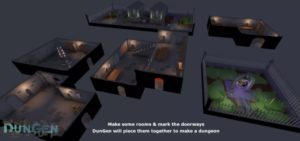
When it comes to dungeon crawlers, one of the most important elements is the environment. After all, it's where all the action takes place. A well-designed dungeon can create a sense of suspense and excitement, while a poorly designed one can feel like a lifeless maze.
Traditionally, dungeon layouts have been created manually, which can be a time-consuming and frustrating process. However, there is another way. With its procedurally generated dungeon layouts,DunGen provides all the benefits of a randomly generated environment while giving you unprecedented control over the end result. This means that you can design the flow of your dungeon to suit your specific needs.
As an example, you could make a dungeon that is a half castle, half graveyard, with a mini-boss in the middle and a boss room at the end. Or you could create a dungeon that is entirely underground, with narrow corridors and deadly traps around every corner. The possibilities are endless!
Tutorials & Courses
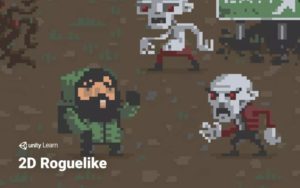
If you're a fan of roguelike games, then this project is for you. In this video series, you'll learn how to create a 2D roguelike game in Unity. You'll start by creating procedural tile-based levels, then implementing turn-based movement. Next, you'll add a hunger system, audio, and mobile touch controls.
By the end of the project, you'll have a fully functioning game that you can share with your friends. And since the series was filmed in Unity 5, it's compatible with Unity 4.6 as well.
Unreal Engine
Gamekits
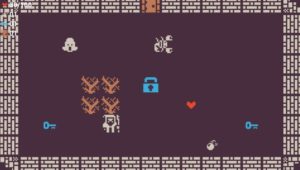
Roguelike 2D Kit is an easy-to-use template for creating top-down 2D roguelike games! With Roguelike 2D Kit, you can create a professional-quality game with ease, and without having to write a single line of code! Roguelike 2D Kit supports PC, Web, and Mobile.
It is fully documented and easy to customize, making it the perfect tool for game development beginners and experts alike. The player has to beat an endless stream of rooms by killing/shooting enemies. The rooms can contain several pickups (damage, fire rate, movement speed power-ups, bombs, and more). The game includes multiple types of enemies, which can easily be extended.
Tutorials
How to Create a Classic Roguelike Game in Unreal Engine
Creating a roguelike game in Unreal Engine is a great way to get started in the world of game development. This tutorial will cover all the necessary steps and details to build a complete and operational game. You'll be guided through importing assets, setting up your project, and having monsters chase and attack your player.
With this foundation in place, you'll be able to expand on it to create your own complete world. By the end of this tutorial, you'll have all the skills you need to create an exciting and challenging roguelike game that players will enjoy.